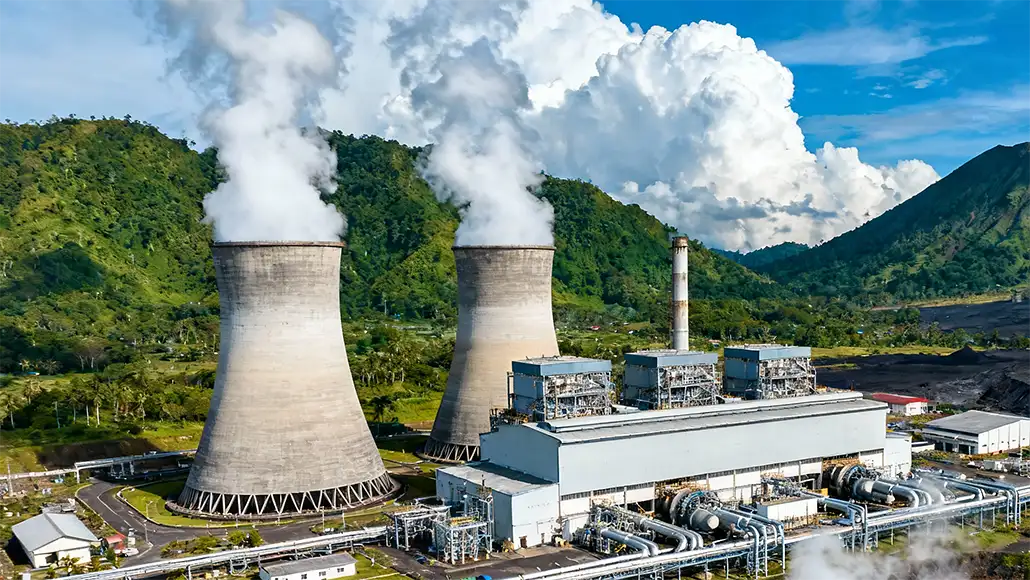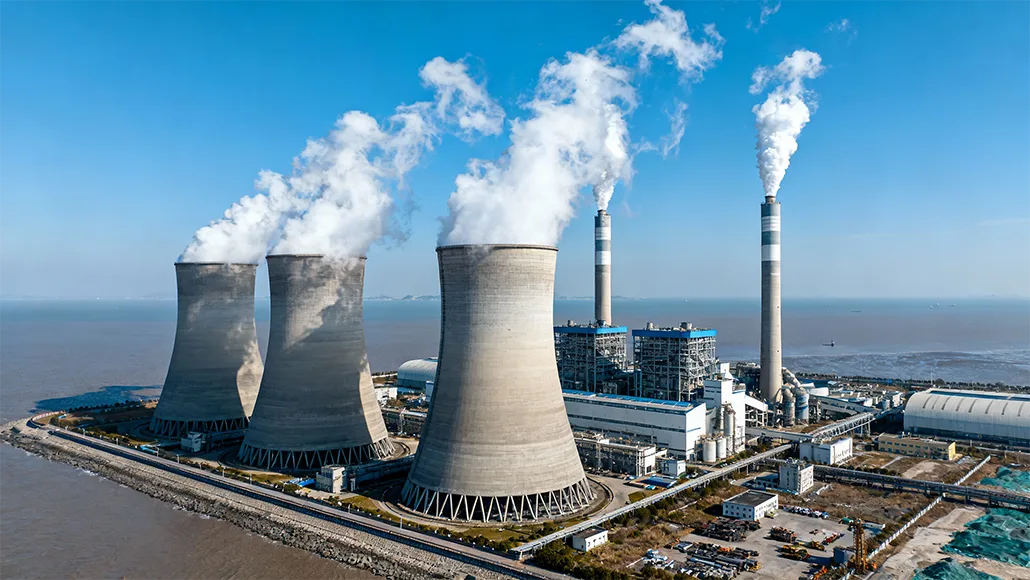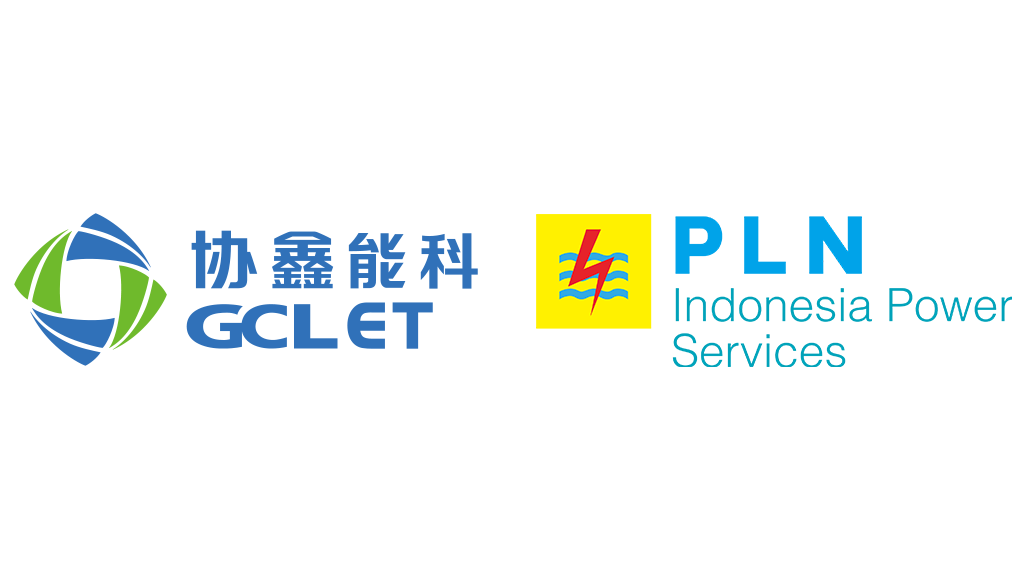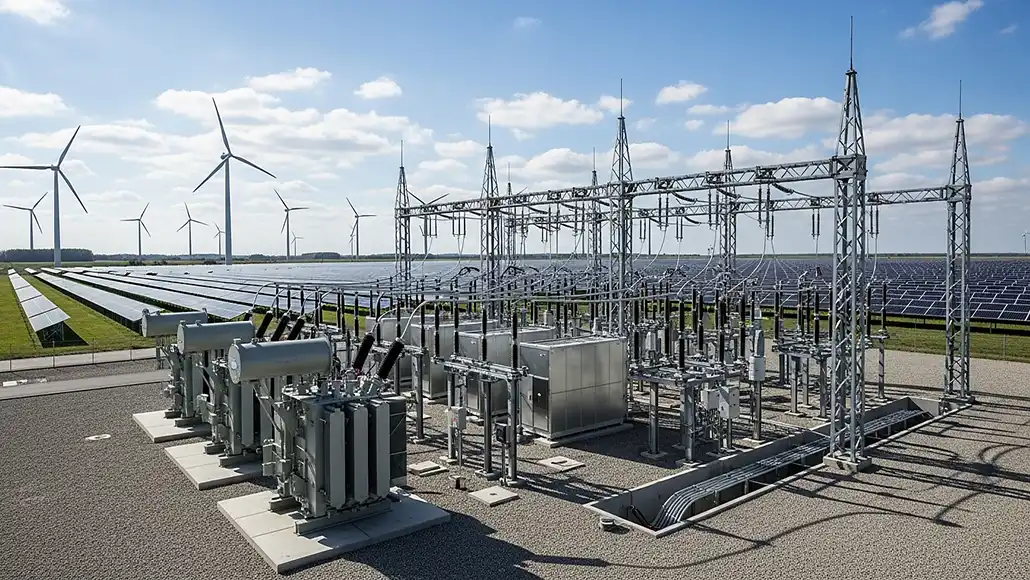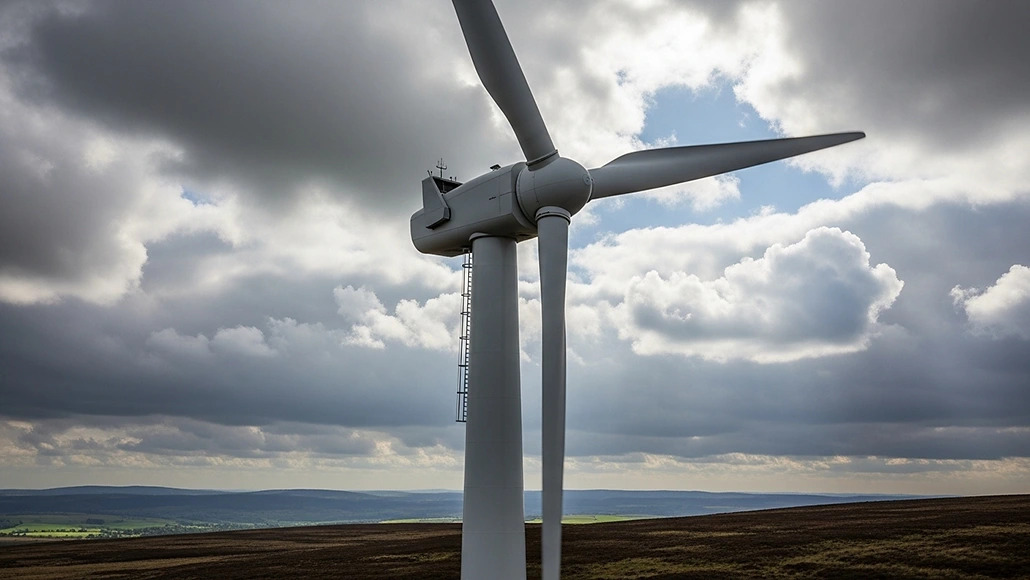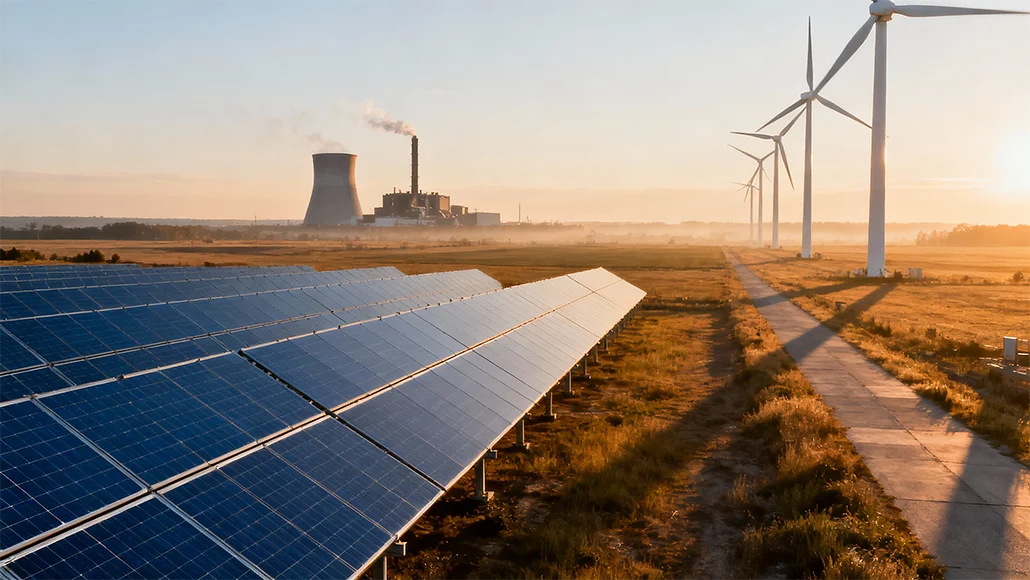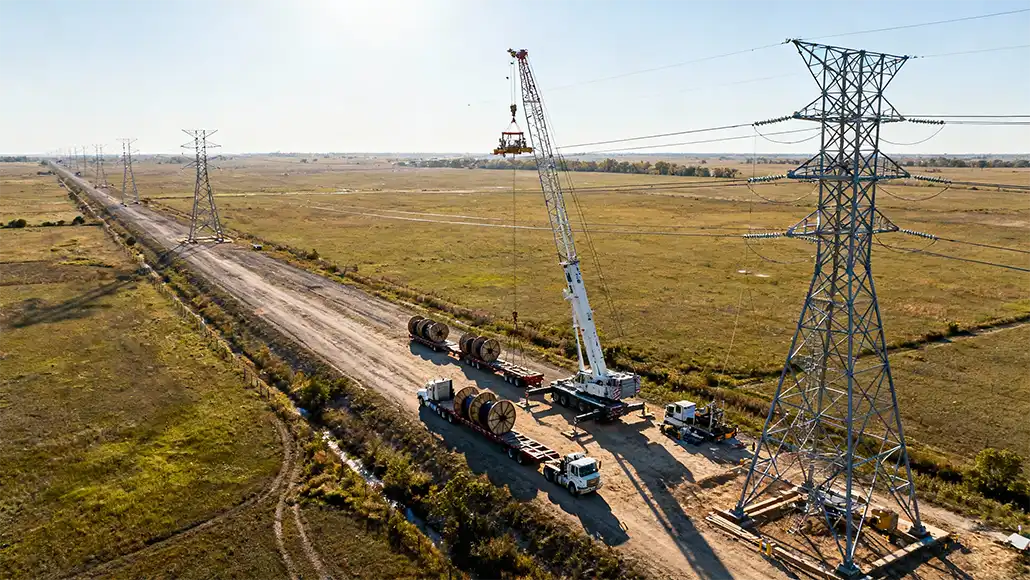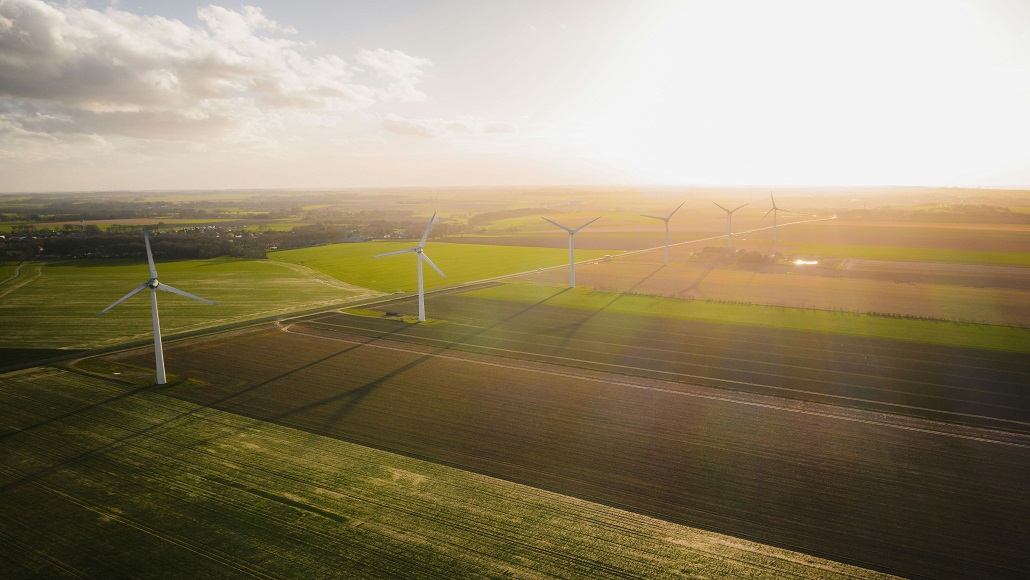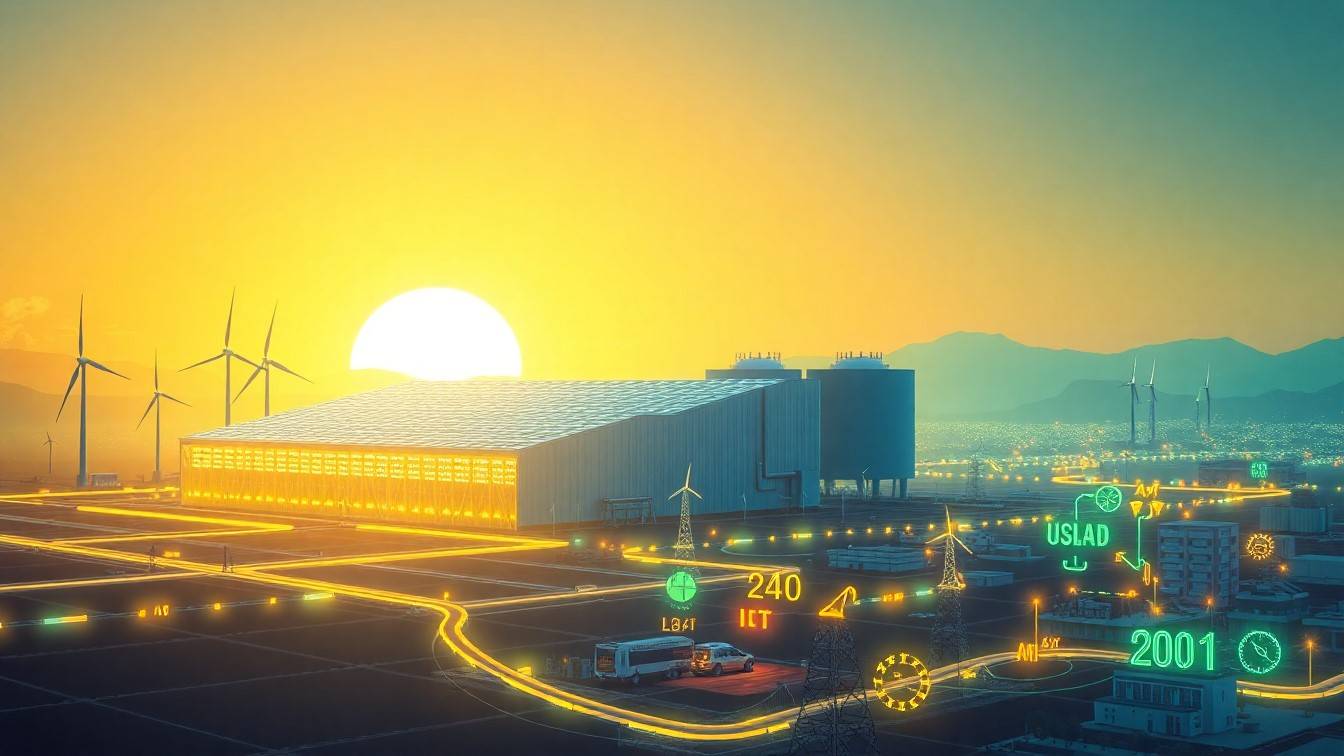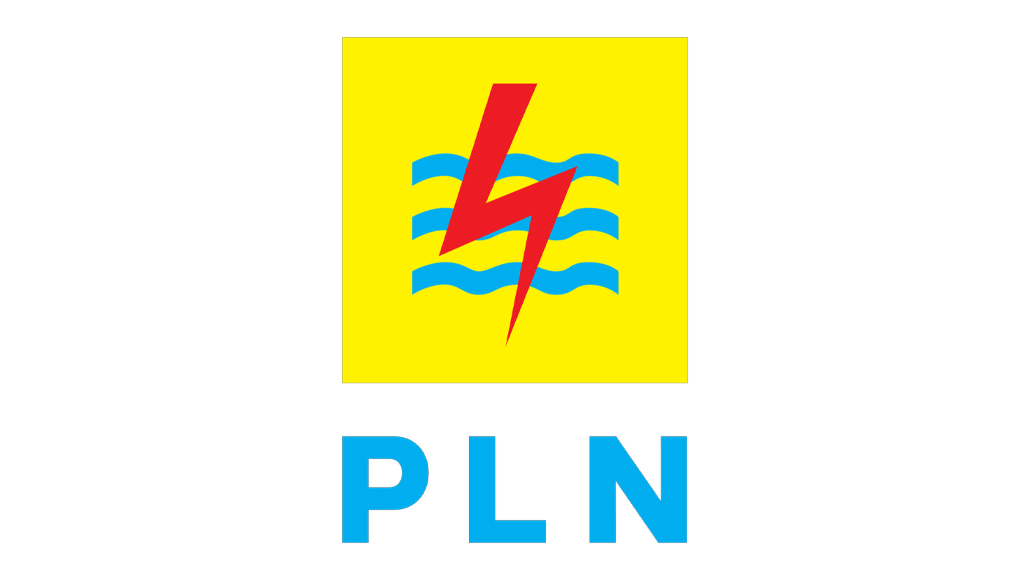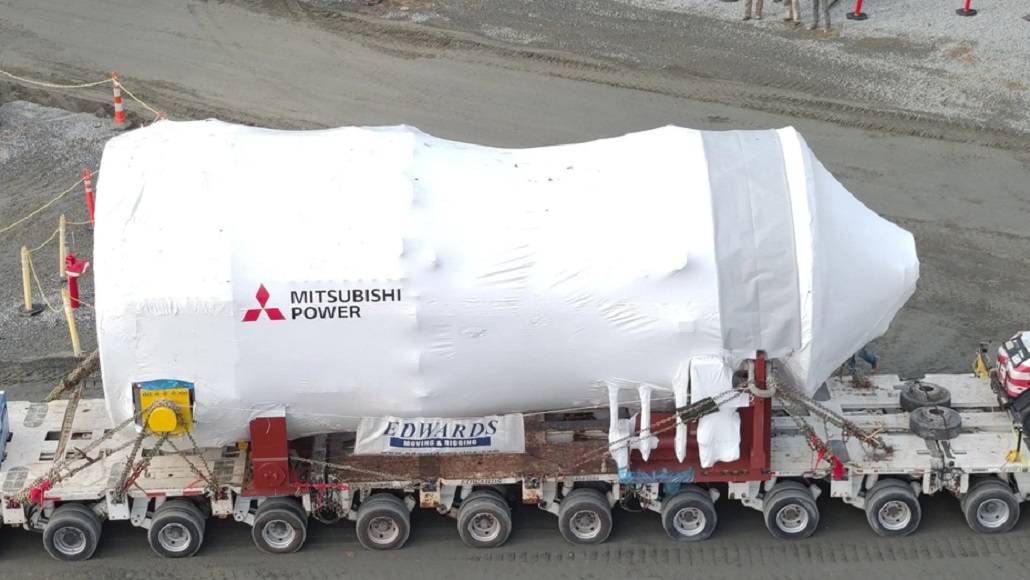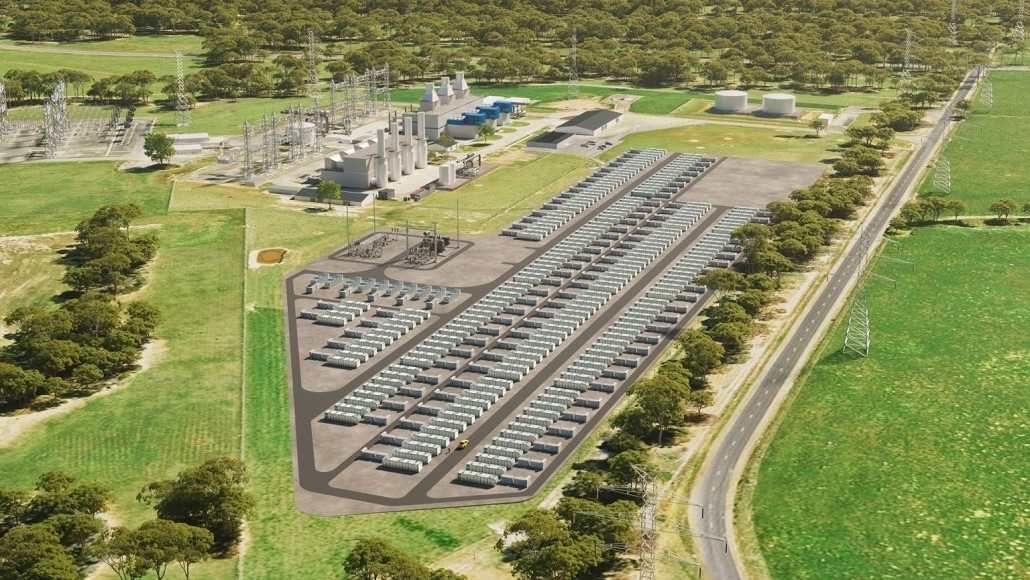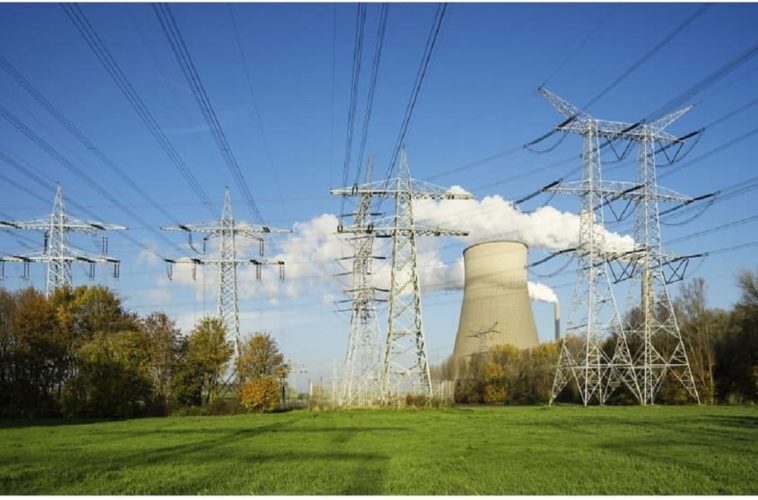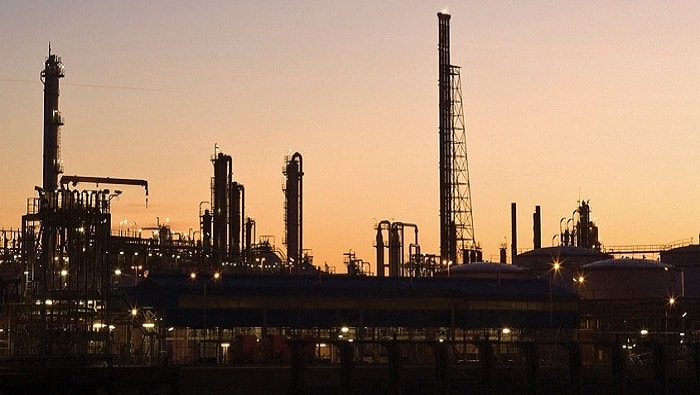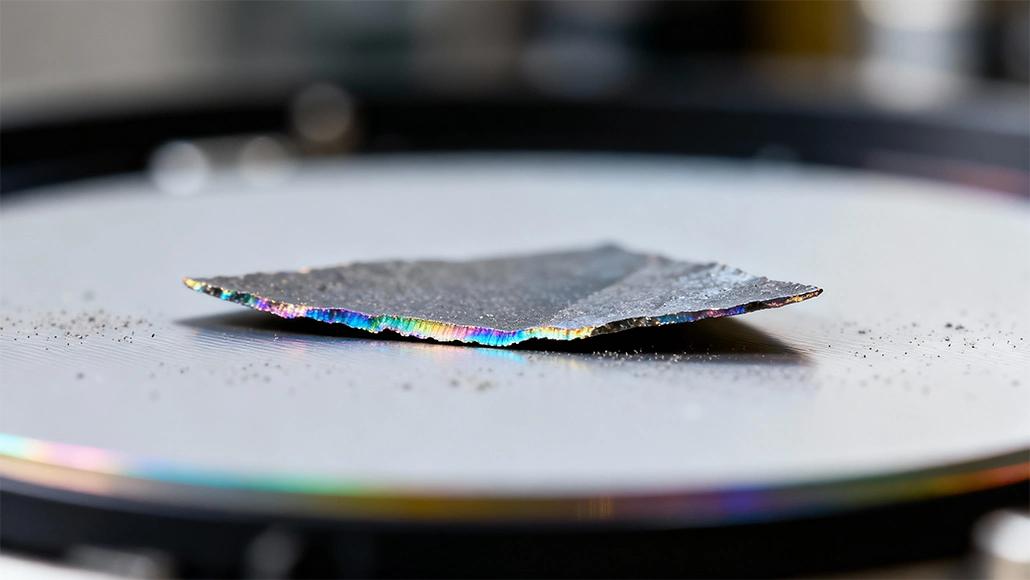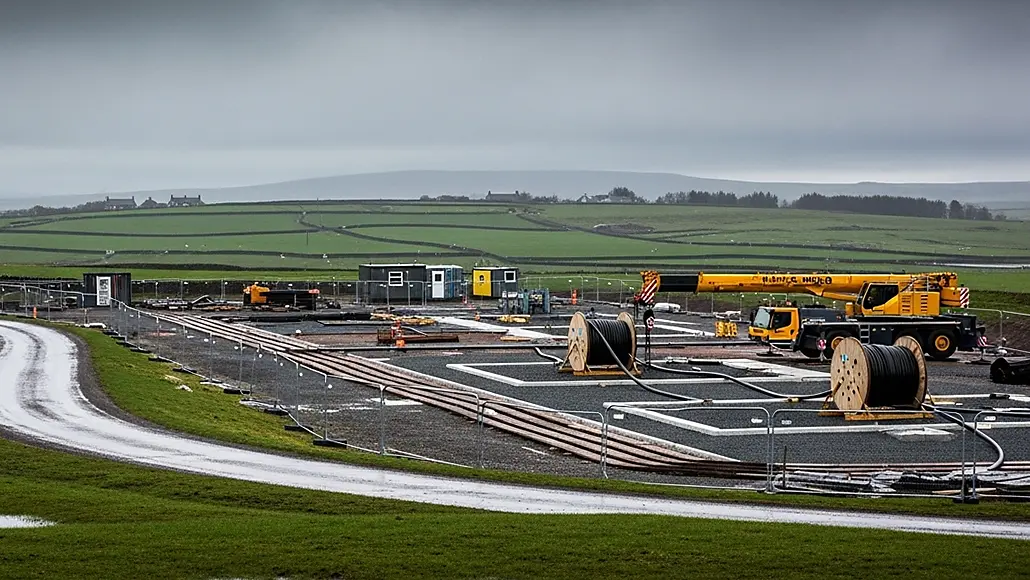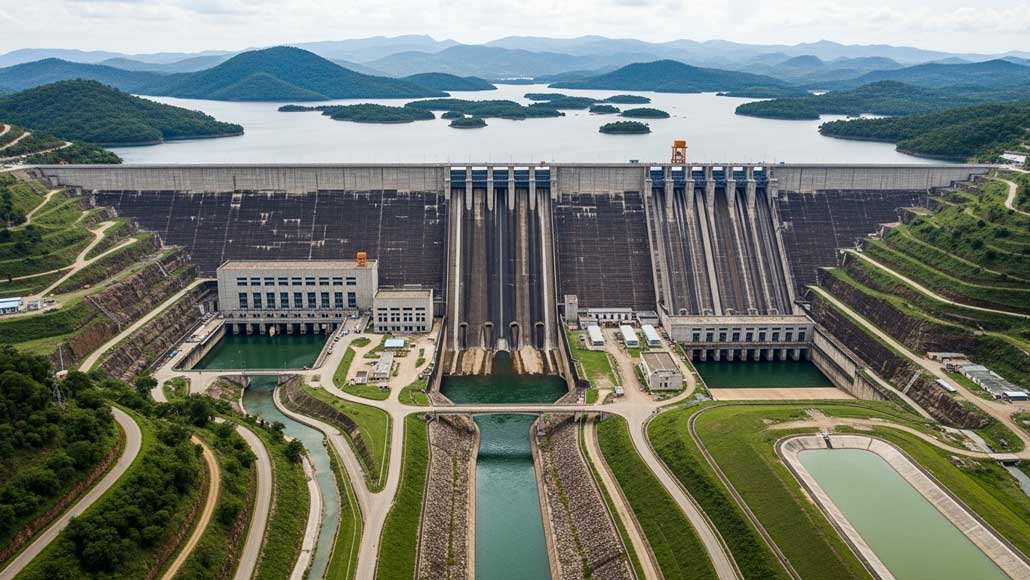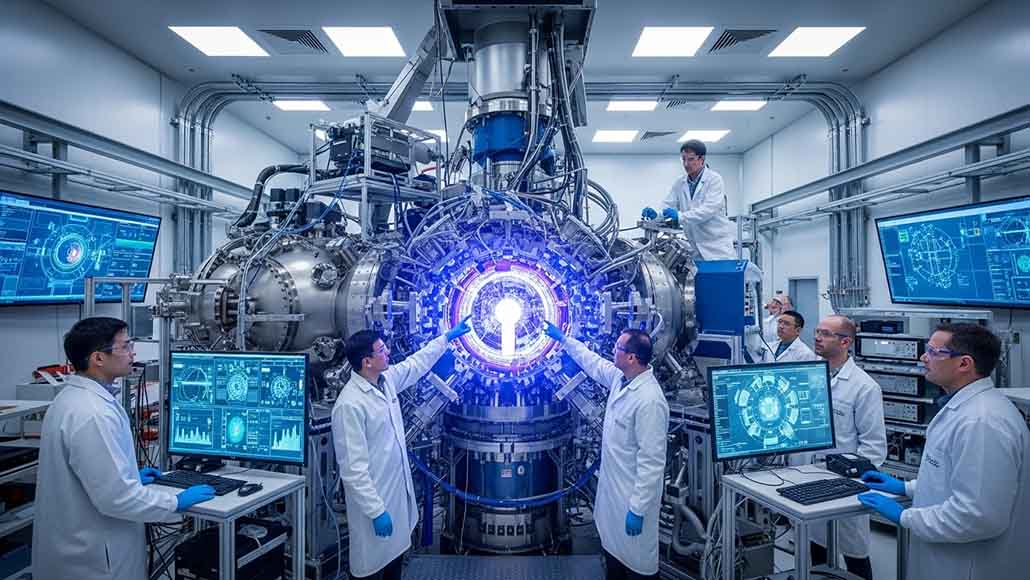The German government has laid out its plans for building the world’s first nuclear fusion reactor in a “High-Tech Agenda.” This Fusion Energy Agenda also sets high goals for other technologies that it considers crucial for the energy transition, such as batteries, synthetic fuels, and industrial carbon capture. The government claimed that “technologies and innovations ‘Made in Germany’ should once again become Germany’s trademark and thus a magnet for top talent, investors, and innovative companies” after the cabinet decided on the policy.
The German government’s “Hightech Agenda” says that this year the government will release a long-term, strategic Fusion Action Plan that will show the way to a fusion power plant in the nation. By the end of 2026, there will be a Fusion Energy Research and Innovation Roadmap (FIRE) that will show what technologies the plant needs. This will come after the action plan.
“We intend to establish a hub for networking activities on magnetic and laser fusion to set up and expand research infrastructures and technology demonstrators for a fusion power plant,” said the agenda, which totals around 40 pages and focuses on lofty targets while being short on specifics. The concept phase and new funding initiatives are to start this year.
Chancellor Friedrich Merz’s Conservatives and the Social Democrats, who make up the government, agreed in their coalition agreement to provide more money to nuclear fusion research in order to develop “the world’s first fusion reactor.”
Laser fusion and magnetic fusion are two ways to do the same thing: fuse light atomic nuclei to release a lot of energy, which is what powers the Sun. Fusion is significantly safer and generates less harmful radioactive waste than traditional nuclear power reactors, which function by breaking heavy atoms.
Fusion technology is still being tested, and even supporters believe it won’t be ready for commercial usage for at least a decade. Meaning that neither Germany nor Europe can count on the technology in their drive to become climate neutral by 2045 and 2050 respectively.
But experts are even more assured that nuclear fusion will one day provide us unlimited, safe, and climate-friendly energy. That’s why Germany, the US, China, Japan, the UK, and the EU are all investing billions of dollars into creating it. Also, scores of firms funded by private investors have joined the battle and brought fresh energy to the area by reaching research goals.
The European Commission is also working on an EU fusion strategy with the help of prominent fusion specialists, businesses, and other people who are interested in fusion. The goal is to make “economically viable fusion power plants connected to a grid.” The book will come out in the last three months of the year.
The Fusion Energy Agenda of the German government says that it hopes fusion research will help the economy as a whole. Fusion can become a high-tech driver for our economy through spillover effects, such as advanced superconducting magnets and new optical technologies. The report adds that the government would make sure that nuclear fusion research centres may work outside of nuclear legislation. The sector sees this as a key to success since tight nuclear safety rules would slow down development.
Improving Batteries, Synthetic Fuels, Geothermal Energy, and CCU
The High-Tech Agenda focusses on five additional “key technologies” in addition to nuclear fusion and climate-neutral energy generation. These include artificial intelligence (AI), quantum technologies, microelectronics, biotechnology, and technologies for climate-neutral mobility.
The government wants to put together research on important technologies for the energy transition into a “goal-oriented and technology-neutral energy research program” by the end of the year. In 2026, it wants to start a new research project on deep geothermal energy and the “Hydrogen4Future research hub” to help future generations of technologies along the hydrogen chain. The government also wants to encourage more innovation in synthetic fuels in order to make shipping and aircraft less carbon-intensive.
The government also wants to make progress with carbon capture technology to help the sector become less carbon-intensive. The agenda said, “With an initiative to scale up CCU (carbon capture and usage) technologies for the use of CO2 from unavoidable emissions by 2029, we are showing that the climate-friendly production of methanol as an energy carrier can be scaled up with the integration of selected carbon sources and atmospheric CO2 and that methanol can be used directly in the mobility sector or as a precursor for e-fuels.”
By 2035, the Agenda also established the goal of “establishing competitive battery production and recycling facilities in Germany, embedded in a European production network.” Germany and Europe as a whole have tried to compete with China’s supremacy in battery manufacture in the past, but they haven’t had much success.


